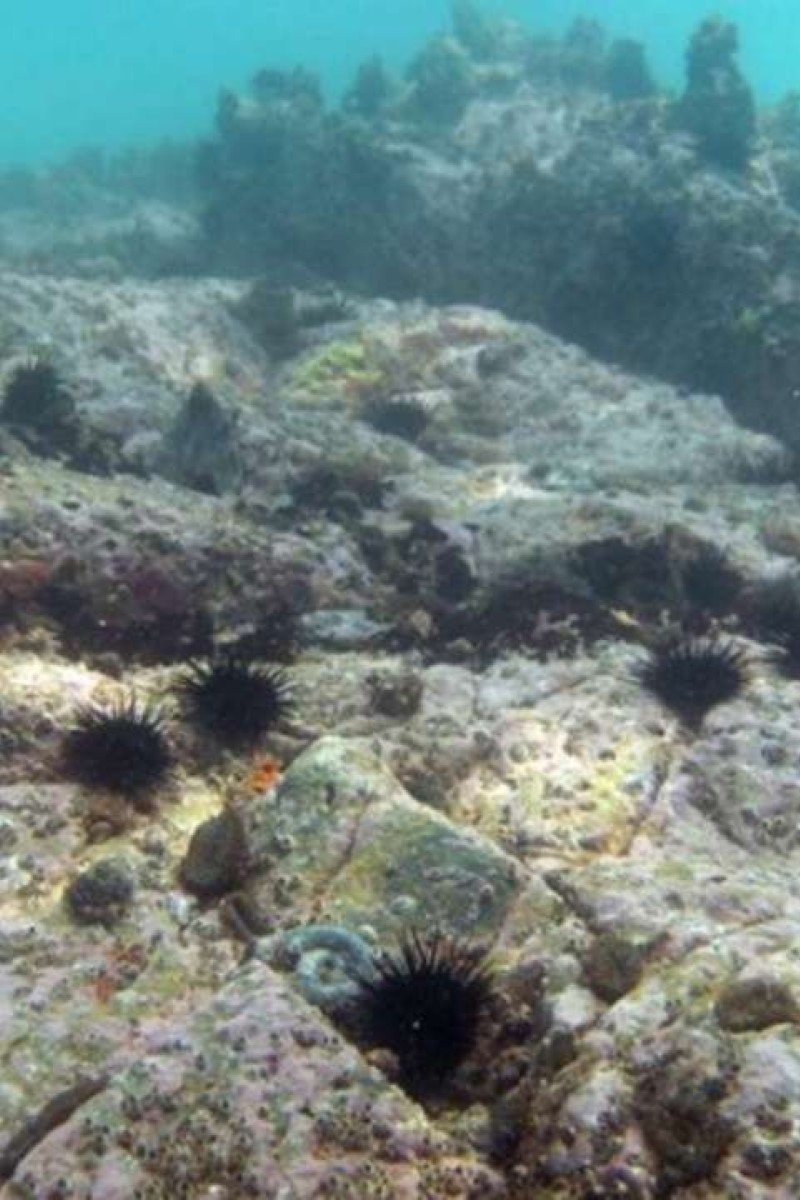
The authority says the coral has “no conservation interest”
 A species of coral called Guaiagorgia is at the centre of a fresh debate on the third runway at Chek Lap Kok.
A species of coral called Guaiagorgia is at the centre of a fresh debate on the third runway at Chek Lap Kok.Local environmental groups have criticised the Airport Authority for its plans to relocate just five per cent of rare coral colonies found near the construction site of its third runway.
Members of the Advisory Council on the Environment questioned whether the authority had properly researched the species and whether they were unique to Hong Kong. The authority only said that it was a common species in the city’s waters and of “no conservation interest”.
The authority’s latest survey found the species, called Guaiagorgia, at the foot of the third runway and landing point of an underwater fuel pipeline.
In their original report, they estimated the coverage of Guaiagorgia would be one to five per cent there. But it’s actually 20 per cent, or 6,400 colonies.
But the authority will relocate fewer than five per cent, or 300, of these colonies to Yam Tsai Wan in waters off Lantau.
“The Guaiagorgia is not a species of conservation interest ... it is not on the IUCN Red List ... or protected by law as an endangered species in Hong Kong,” said Eric Ching of Mott MacDonald, the authority’s consultant.
The Conservancy Association’s Assistant Campaign Manager Roy Ng Hei-man told Young Post yesterday the authority should have another in-depth look at the Guaiagorgia’s habitat.
“The report doesn’t even mention anything about the most suitable habitat for coral.”